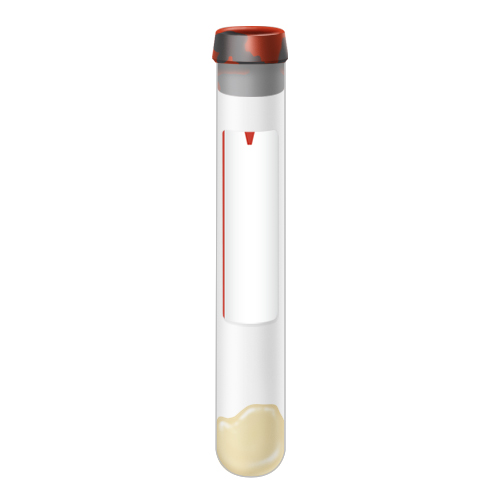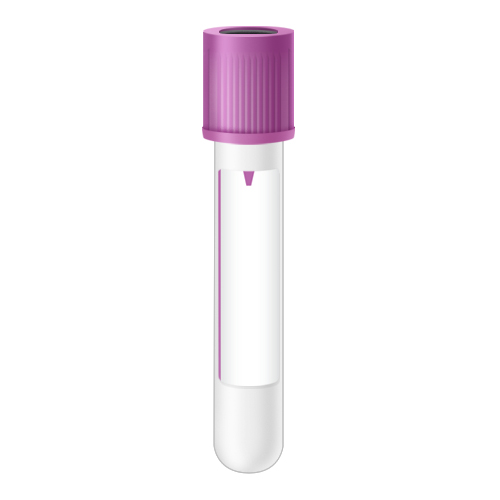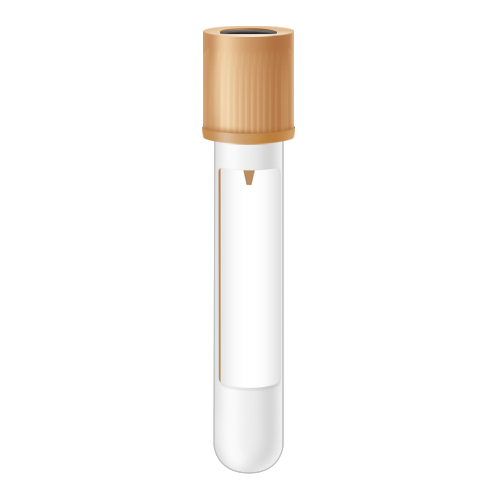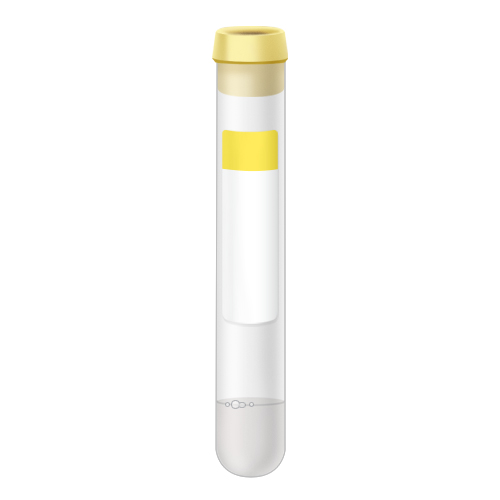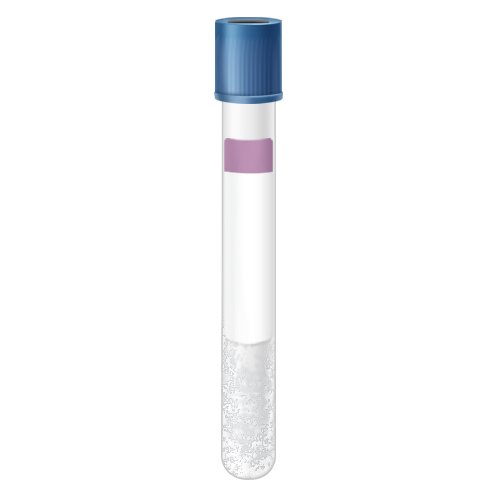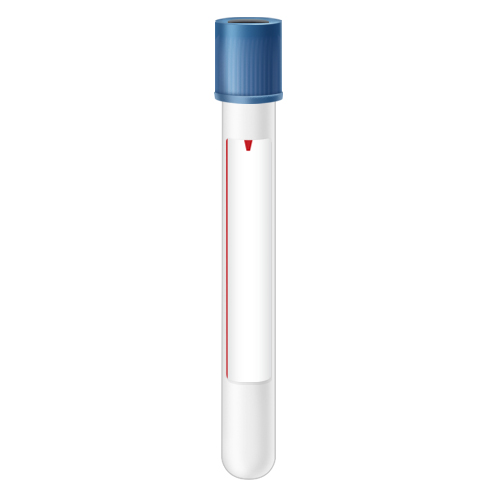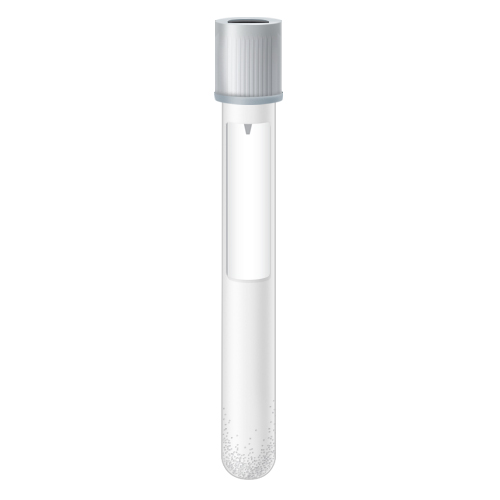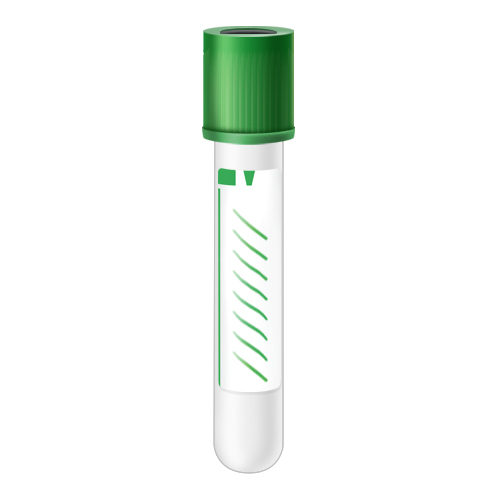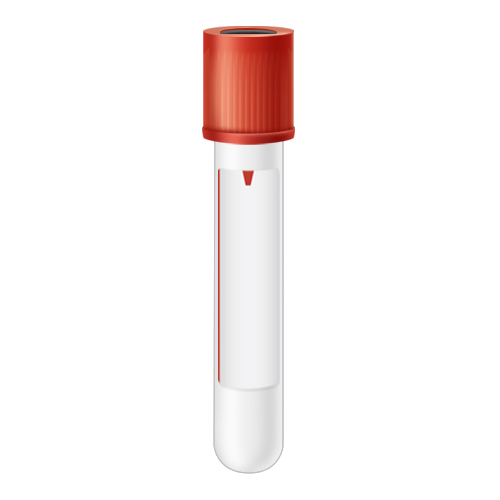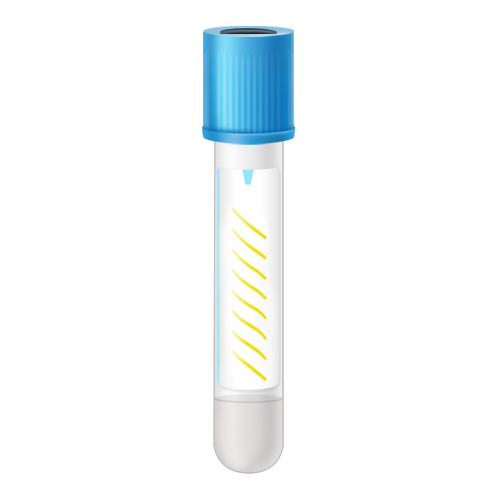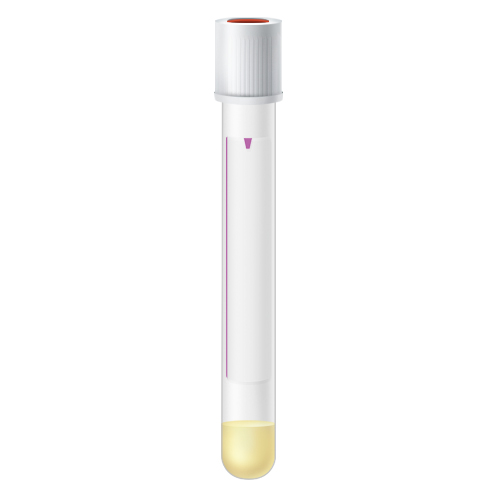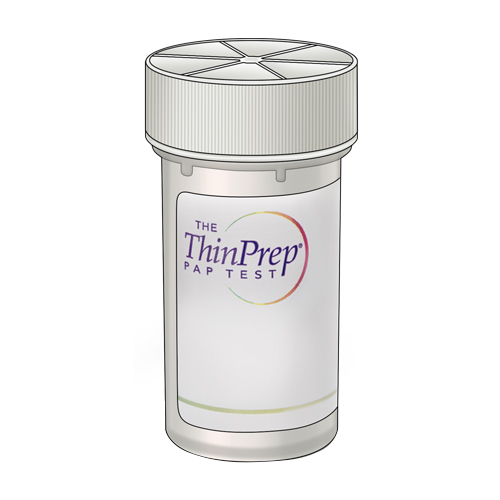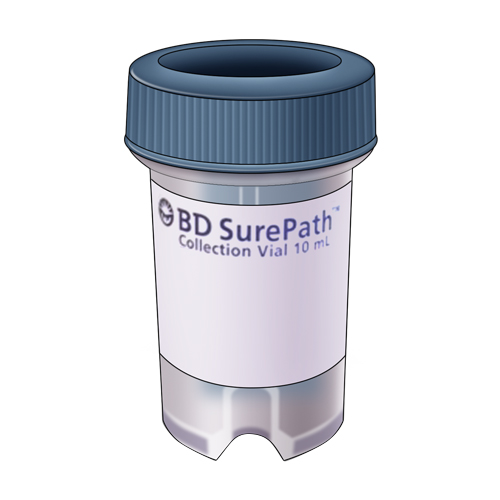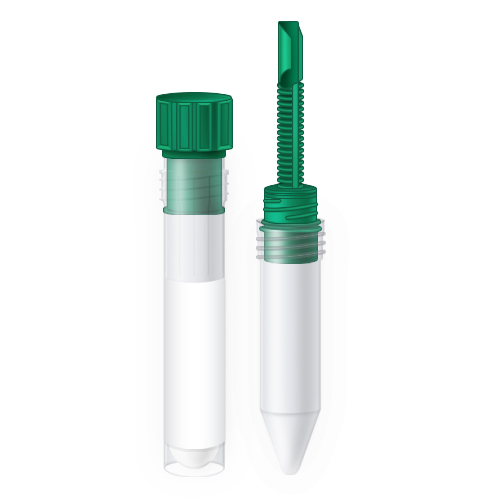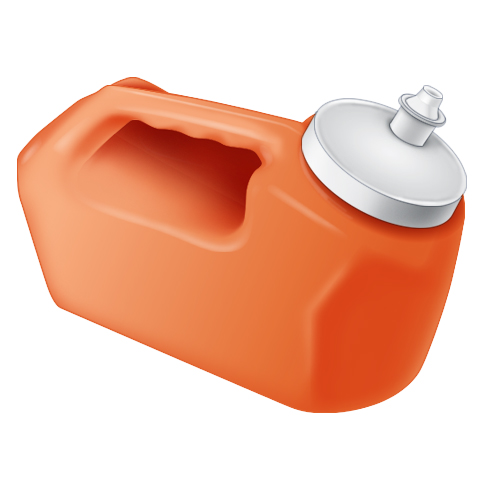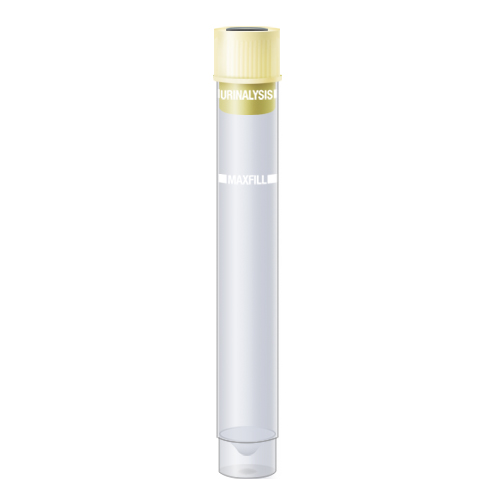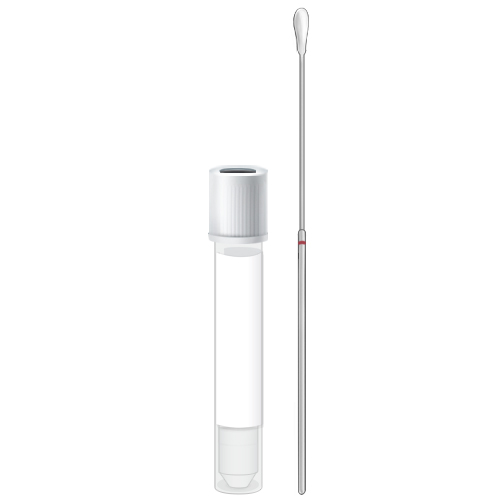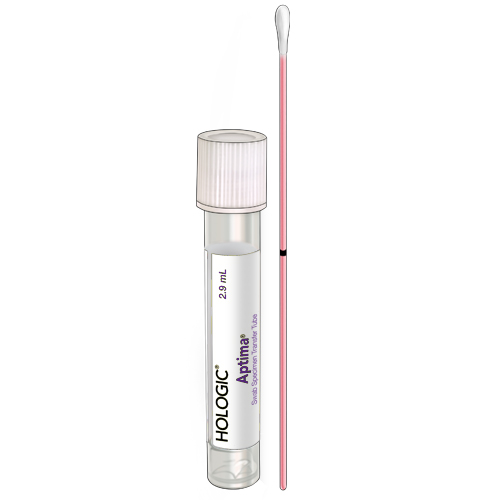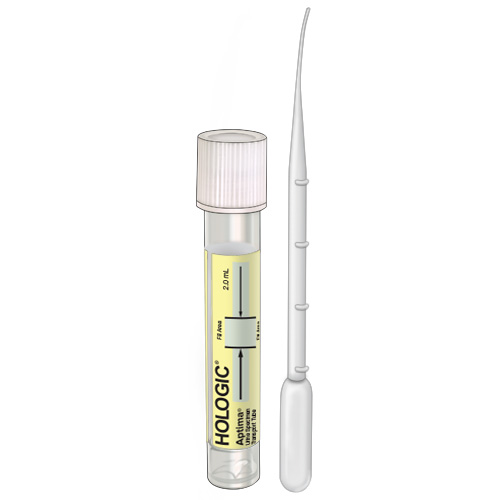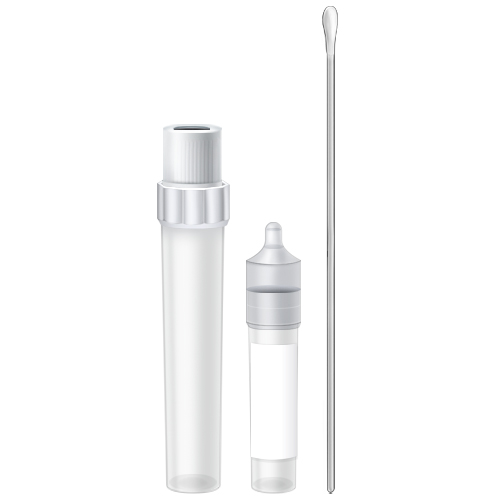If you are newly pregnant or considering family planning, noninvasive prenatal screening (NIPS) is likely a term you’ve come across. While NIPS can be an important factor in learning more about your developing baby’s health, genetic testing during pregnancy may seem complex. Here, we’re breaking down some basic information about this screening process and your options with GenPath Women’s Health, a division of BioReference Laboratories.
What is Noninvasive Prenatal Screening (NIPS)?
NIPS refers to testing used by healthcare providers to determine a fetus’s risk of certain genetic conditions caused by chromosomal abnormalities. Fetal chromosomal abnormality is a prominent cause of newborn birth defects, according to a 2019 review from the Journal of Clinical Laboratory Analysis.1
NIPS is considered noninvasive because it is performed on a blood sample from the mother without harming the fetus.2 This blood test can be performed after the 10th week of pregnancy. It is important to keep in mind that while such screening tests can identify the potential risk for a genetic disorder, they are not diagnostic tests.
What Does NIPS Screen For?
This type of screening is most commonly used by healthcare providers for early detection of a chromosomal abnormality like a trisomy (the presence of an extra chromosome):
- Down syndrome (Trisomy 21): caused by an extra chromosome 21.3
- Edwards syndrome (Trisomy 18): caused by an extra chromosome 18.4
- Patau syndrome (Trisomy 13): caused by an extra chromosome 13.5
- Sex chromosome abnormalities (SCA): caused by extra or missing copies of X or Y chromosomes.2
While many NIPS panels offer additional options to screen for rare genetic diseases that may be caused by microdeletions (a small missing piece of a chromosome), it is important to seek guidance from your healthcare provider about such options.
Why Is NIPS Important?
According to the American College of Obstetricians and Gynecologists (ACOG), chromosomal abnormalities occur in approximately 1 in 150 live births. Though the risk of fetal chromosomal abnormalities increases as a woman gets older, they can affect babies born to women of all ages and are not related to race or ethnicity. Because of this, the ACOG recommends that all pregnant women be offered screening options regardless of age and risk.6
ClariTest® Core Noninvasive Prenatal Screen
If you’re ready to discuss NIPS options with your healthcare provider, consider GenPath Women’s Health’s noninvasive prenatal screen – ClariTest® Core. ClariTest® is performed using the most widely studied NIPS method, with over 60 published studies demonstrating its accuracy.
Rather than boasting a vast panel of microdeletions, ClariTest® is an evidence-based option that screens for the most common chromosomal abnormalities and fetal sex, with the option to screen for just one microdeletion – 22q syndrome, also known as DiGeorge syndrome.
The excitement of early pregnancy and family planning is likely to come along with questions about the health of your growing baby. NIPS can be an important part of prenatal care and can help provide you with valuable information and peace of mind. Seek guidance from your healthcare provider for more information about what NIPS may look like for your pregnancy.
Sources:
- https://www.ncbi.nlm.nih.gov/pmc/articles/PMC6642313/#jcla22911-bib-0002
- https://medlineplus.gov/genetics/understanding/testing/nipt/
- https://medlineplus.gov/genetics/condition/down-syndrome/
- https://medlineplus.gov/genetics/condition/trisomy-18/
- https://medlineplus.gov/genetics/condition/trisomy-13/
- https://www.acog.org/advocacy/policy-priorities/non-invasive-prenatal-testing


